Natural Ways To Control Hunger
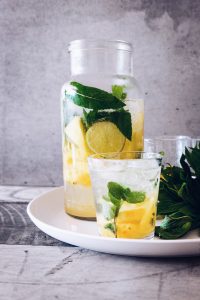 Are you tired of spending money on over-the-counter diet aids that control hunger? Some of those pills, liquids, and diet foods exacerbate the problem, or upset your stomach, so eating sounds repulsive. Natural ways to control hunger are readily available in most people’s kitchens. In most cases, these have little or no negative consequences, and some have additional health benefits.
Are you tired of spending money on over-the-counter diet aids that control hunger? Some of those pills, liquids, and diet foods exacerbate the problem, or upset your stomach, so eating sounds repulsive. Natural ways to control hunger are readily available in most people’s kitchens. In most cases, these have little or no negative consequences, and some have additional health benefits.
Keep cold water in your refrigerator and you’ll be ready for most hunger pangs.
Sometimes, the body signals get confused, and you think you’re hungry but aren’t. You crave juicy fruits or can’t decide what it is, so you eat everything in sight. Often, you’re simply thirsty, and the mild dehydration tricks you into thinking you’re hungry. Keeping a bottle of water with you constantly can diminish or eliminate cravings. Water also fills you up, so you’ll eat less when you do eat. If you make that water icy-cold, it burns extra calories to warm your body.
Keep healthy snacks ready.
Healthy snacks are low in calories and nutrient dense. They’re a combination of protein and healthy carbs. Apple slices with peanut butter are just one example. The carbs and sugar in the apple provide a quick energy fix, while the protein and fiber in the apple and peanut butter digest slower and keep you feeling full longer. Consuming a protein-carbohydrate snack after working out curbs your appetite and helps boost recovery.
Use good conversation to slow eating.
Conversing during a meal makes you eat slower, so your stomach has time to signal to the brain that it’s full. You can do the same thing by eating mindfully and savoring every bite. You’ll enjoy the flavor and texture while slowing the process of eating. Keeping a food journal that also identifies how you felt right before you ate can aid in slowing emotional eating that can occur if you’re stressed, angry, or sad.
- Boost the protein, fiber, and healthy fat in your diet. Having an avocado can boost healthy fat and fiber, while eggs, nuts, and lean meats increase protein and healthy fats. You’ll stay full longer.
- Have oatmeal on hand to fill that hunger void. Top it with nuts and fruit for breakfast or a snack. It can prevent hunger by boosting fiber and protein.
- If water isn’t enough to stop your hunger, go for infused water. Make infused water by adding fruits, vegetables, or herbs to water and allowing their flavors to enhance the taste, without adding additional calories.
- Keep crunchy vegetables and fresh fruit cleaned, cut, and snack ready in the refrigerator. Snacking on these throughout the day provides nutrients and keeps your hunger at bay without adding tons of calories.
For more information, contact us today at Wellness On A Dime Coaching
.

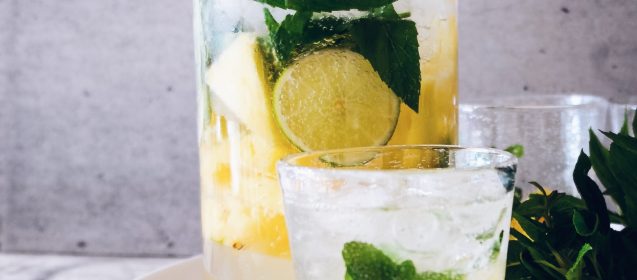
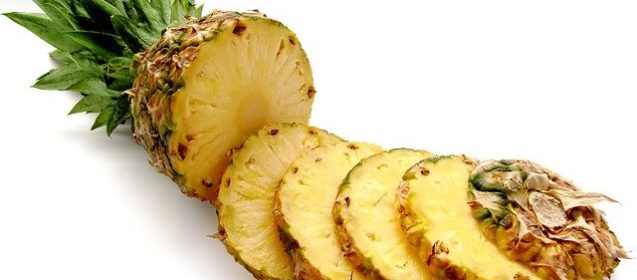
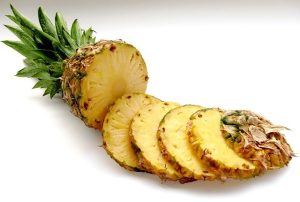 If you swear you could solve the world’s energy problem by capturing just a fraction of the gas you develop after a meal or worry about the button flying off your pants as your belly swells. Bloating can occur for many reasons. It can occur if you eat too fast, choose foods that encourage bloating, increase fiber intake too quickly, or swallow air, either by talking when you eat, drinking through a straw, or smoking. You can relieve some of the problems by choosing foods that help with bloating, walking, and eating slower. Here are foods that help with bloating.
If you swear you could solve the world’s energy problem by capturing just a fraction of the gas you develop after a meal or worry about the button flying off your pants as your belly swells. Bloating can occur for many reasons. It can occur if you eat too fast, choose foods that encourage bloating, increase fiber intake too quickly, or swallow air, either by talking when you eat, drinking through a straw, or smoking. You can relieve some of the problems by choosing foods that help with bloating, walking, and eating slower. Here are foods that help with bloating.
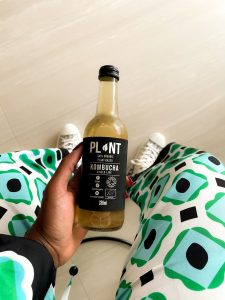 Every day, there’s a new commercial involving probiotic products. What are probiotics? What are the benefits of probiotics? If you use probiotic products are there side effects? The body has millions of microbes, many of which are in the gut. These microbes can be beneficial or harmful. The beneficial gut microbiome helps with digestion and performs many other tasks to help the human body. When the balance of beneficial microbes is too low, it allows the harmful ones to take over, causing illness and the healthy functions left undone. Probiotics help replenish some of the beneficial microbes in the gut.
Every day, there’s a new commercial involving probiotic products. What are probiotics? What are the benefits of probiotics? If you use probiotic products are there side effects? The body has millions of microbes, many of which are in the gut. These microbes can be beneficial or harmful. The beneficial gut microbiome helps with digestion and performs many other tasks to help the human body. When the balance of beneficial microbes is too low, it allows the harmful ones to take over, causing illness and the healthy functions left undone. Probiotics help replenish some of the beneficial microbes in the gut.
 You are what you eat, according to recent studies. Your nutrition is more than just how your body looks, your health, or your energy level. Studies show your diet also affects your mental health. The new field of study is called nutritional psychiatry. When you consider biochemicals are treatments for many mental conditions, you can understand that naturally occurring chemicals in food, or chemicals created when digesting food, can do the same. Herbs also affect mental health. Cinnamon aids ADHD and irritability symptoms. Green tea and nuts help focus.
You are what you eat, according to recent studies. Your nutrition is more than just how your body looks, your health, or your energy level. Studies show your diet also affects your mental health. The new field of study is called nutritional psychiatry. When you consider biochemicals are treatments for many mental conditions, you can understand that naturally occurring chemicals in food, or chemicals created when digesting food, can do the same. Herbs also affect mental health. Cinnamon aids ADHD and irritability symptoms. Green tea and nuts help focus.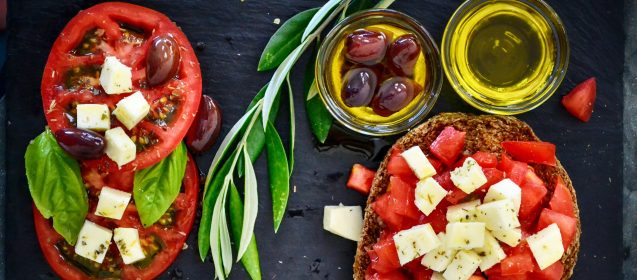
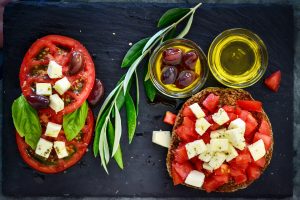 The Mediterranean diet is based on a simple concept of consuming the food in the traditional diet of people who live in countries that border the Mediterranean Sea. These countries include Greece, Spain, France, and Italy. Research shows that people consuming the traditional diet had a lower risk of several chronic conditions. The Mediterranean diet has been shown to reduce the risk of heart attacks, type 2 diabetes, premature death, and strokes. Part of the reason it’s good for health is that it aids in weight loss.
The Mediterranean diet is based on a simple concept of consuming the food in the traditional diet of people who live in countries that border the Mediterranean Sea. These countries include Greece, Spain, France, and Italy. Research shows that people consuming the traditional diet had a lower risk of several chronic conditions. The Mediterranean diet has been shown to reduce the risk of heart attacks, type 2 diabetes, premature death, and strokes. Part of the reason it’s good for health is that it aids in weight loss.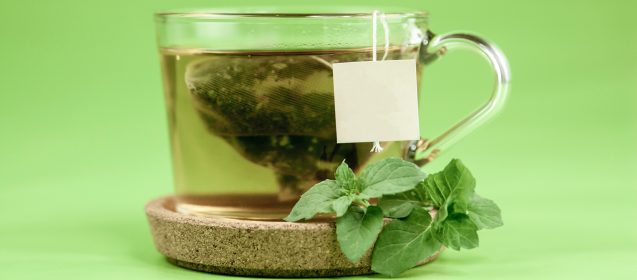
 If you’re living in Louisiana and searching for food to improve your brain power, consider Salmon New Orleans. This delicious recipe contains pan-seared salmon with sauteed shrimp. Salmon, like other fatty fish, is brain food because of the omega-3 fatty acids it contains. The brain is mostly fat, with half the fat being omega-3 fatty acids. The fatty acids help build both nerve and brain cells that help you learn and retain what you learned. Omega-3 fatty acids help prevent mental decline, including Alzheimer’s.
If you’re living in Louisiana and searching for food to improve your brain power, consider Salmon New Orleans. This delicious recipe contains pan-seared salmon with sauteed shrimp. Salmon, like other fatty fish, is brain food because of the omega-3 fatty acids it contains. The brain is mostly fat, with half the fat being omega-3 fatty acids. The fatty acids help build both nerve and brain cells that help you learn and retain what you learned. Omega-3 fatty acids help prevent mental decline, including Alzheimer’s.
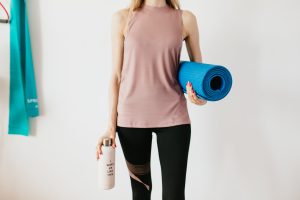 Starting a fitness program can be intimidating, especially for beginners. If most of your food came from drive-throughs or in cardboard heat-and-serve containers and your only exercise was pressing the buttons on the remote and texting, getting fit is confusing and scary. It doesn’t have to be that way. You don’t have to begin everything at once. Nobody goes from couch potato to body beautiful overnight. Here are some tips that will help you be more successful.
Starting a fitness program can be intimidating, especially for beginners. If most of your food came from drive-throughs or in cardboard heat-and-serve containers and your only exercise was pressing the buttons on the remote and texting, getting fit is confusing and scary. It doesn’t have to be that way. You don’t have to begin everything at once. Nobody goes from couch potato to body beautiful overnight. Here are some tips that will help you be more successful.
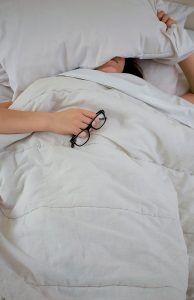 Do you party all night until the sun rises, then wonder why you can’t lose weight? Maybe you’re burning the candle at both ends because of a busy home and/or work life. Either way, weight loss is tougher the less sleep you get and scientists have found part of the reason for that. There’s a direct link between the amount of time you sleep and being overweight.
Do you party all night until the sun rises, then wonder why you can’t lose weight? Maybe you’re burning the candle at both ends because of a busy home and/or work life. Either way, weight loss is tougher the less sleep you get and scientists have found part of the reason for that. There’s a direct link between the amount of time you sleep and being overweight.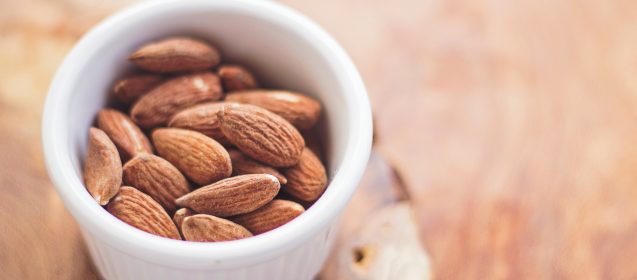
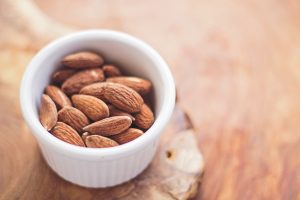 Whether you’re planning meals or just focusing on eating healthier, snacks play an important role. It’s too easy in Louisiana to find a sweet treat to fill that gnawing hunger, so having healthy snacks ready is important. Protein snacks can keep you feeling full longer, unlike sugary treats. Making sure you have the ones that are packed with nutrients and lower in calories is the next challenge. What are some of the best protein snacks? You don’t have to spend a lot of money to find them. You can make them in your kitchen.
Whether you’re planning meals or just focusing on eating healthier, snacks play an important role. It’s too easy in Louisiana to find a sweet treat to fill that gnawing hunger, so having healthy snacks ready is important. Protein snacks can keep you feeling full longer, unlike sugary treats. Making sure you have the ones that are packed with nutrients and lower in calories is the next challenge. What are some of the best protein snacks? You don’t have to spend a lot of money to find them. You can make them in your kitchen.
 Medicine balls have been used for workouts for a long time. Weighted balls were used in Ancient Rome to improve health and athleticism, but it was an American that named the medicine ball. RJ Roberts invented the modern medicine ball and gave it a name. It was used to exercise the entire body. Since then, medicine balls have changed. They are made from various materials. Have a variety of weights. Some bounce, while others may have handles. Each one provides a unique way to exercise the body.
Medicine balls have been used for workouts for a long time. Weighted balls were used in Ancient Rome to improve health and athleticism, but it was an American that named the medicine ball. RJ Roberts invented the modern medicine ball and gave it a name. It was used to exercise the entire body. Since then, medicine balls have changed. They are made from various materials. Have a variety of weights. Some bounce, while others may have handles. Each one provides a unique way to exercise the body.